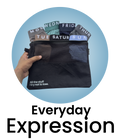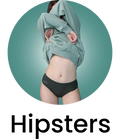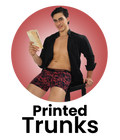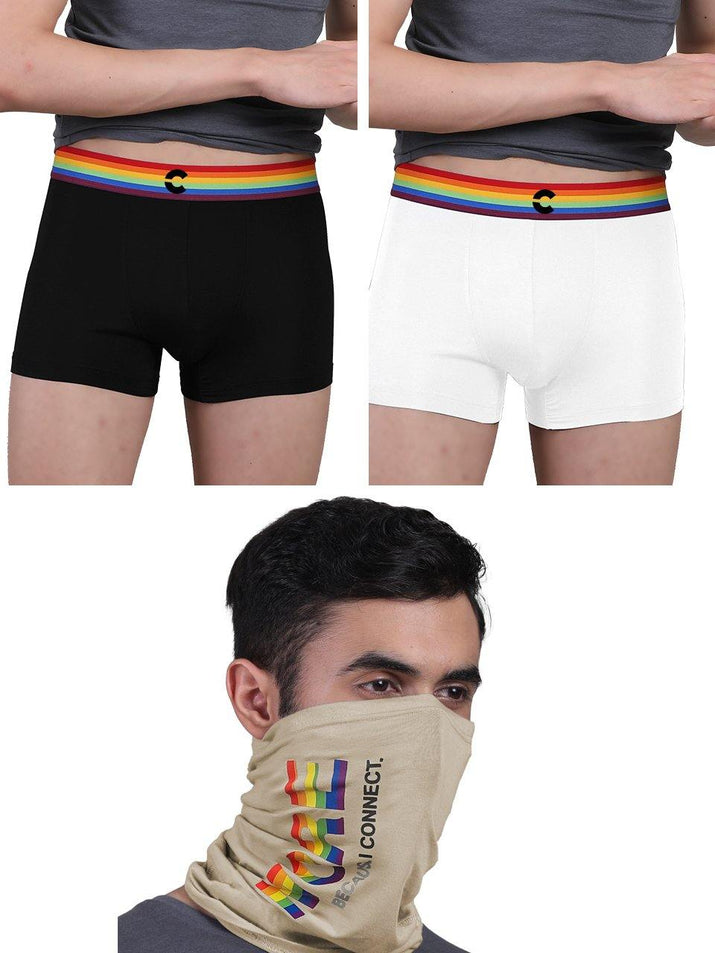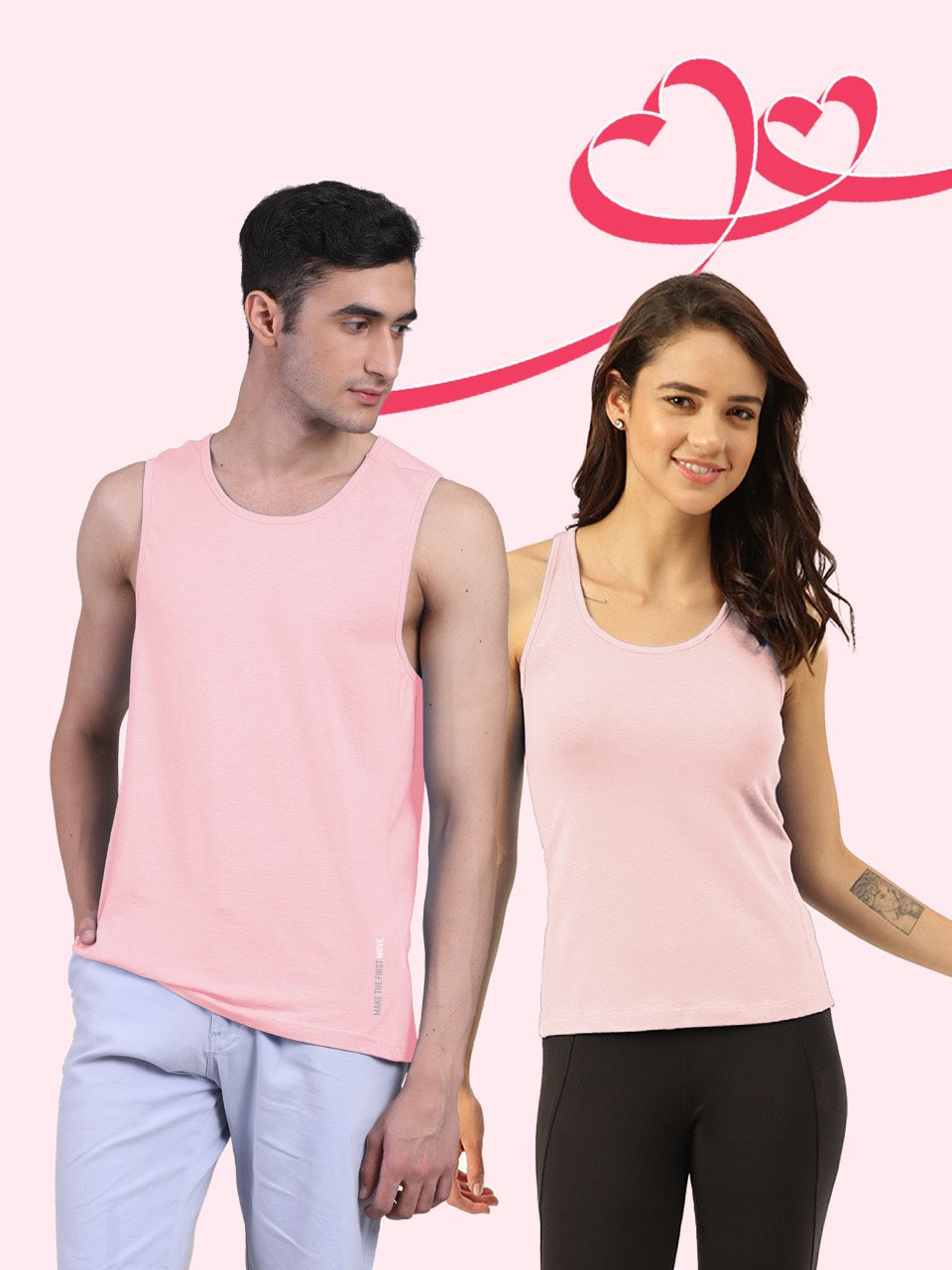The bandana for men has decisively transcended its historical utilitarian role, evolving into a sophisticated accessory engineered for both style and practical functionality. Modern versions, often fabricated from advanced moisture-wicking textiles or densely woven cotton, deliver crucial UV protection to the scalp and neck, a vital benefit for outdoor professionals and enthusiasts navigating harsh sun conditions. Beyond its protective capabilities, the bandana integrates effortlessly into contemporary fashion narratives, from rugged workwear aesthetics to tactical streetwear, offering a dynamic solution for sweat management, dust filtration. even as an adaptable face covering, underscoring its relevance across diverse environmental demands and current public health considerations.

Understanding the Bandana: More Than Just a Piece of Cloth
Often perceived as a simple square of fabric, the bandana holds a rich history and continues to evolve as a surprisingly versatile accessory. Historically, bandanas served practical purposes, from identifying gang members in the Old West to signifying political affiliations. The word "bandana" itself is believed to originate from the Hindi word "bāndhan," meaning "to tie." For centuries, this humble cloth has been a staple across cultures, offering utility and a touch of personal flair. Today, a bandana for men is experiencing a significant resurgence, not just as a fashion statement but also as a functional item for various everyday scenarios and outdoor adventures.
The Multifaceted Appeal of the Bandana for Men
The contemporary appeal of the bandana lies in its remarkable adaptability. Far from being a niche accessory, it seamlessly integrates into diverse lifestyles, offering both aesthetic enhancement and practical benefits. Whether you're a student, a professional, an athlete, or an outdoor enthusiast, there's a compelling reason to incorporate a bandana into your wardrobe or gear. Its lightweight nature and compact size make it an ideal companion, easily stashed in a pocket or bag until needed. The sheer number of ways a bandana for men can be worn or utilized speaks volumes about its enduring relevance.
- Style Versatility: From adding a pop of color to a monochrome outfit to completing a rugged outdoor look, the bandana offers endless styling possibilities.
- Sun Protection: It provides a crucial barrier against harmful UV rays, protecting the neck, scalp, or face.
- Sweat Absorption: Ideal for workouts, hiking, or hot climates, keeping sweat out of your eyes and off your skin.
- Dust and Wind Barrier: Can be used to cover the mouth and nose in dusty environments or to shield the face from wind.
- Emergency Tool: In a pinch, it can serve as a makeshift bandage, sling, or even a water pre-filter.
Styling a Bandana: A Guide for Every Man
Integrating a bandana for men into your personal style is about understanding the different ways it can be worn and how it complements your existing wardrobe. The beauty lies in experimentation, allowing you to discover what works best for your look and needs.
- The Classic Neck Tie: Folded into a triangle and tied around the neck with the point facing down. This offers a timeless, rugged look, often associated with cowboys or bikers. can be softened for a casual urban aesthetic. For example, pairing a red paisley bandana with a denim jacket and a plain white tee.
- The Headband: Folded into a narrow strip and tied around the forehead. Excellent for keeping hair back during physical activity or as a casual style statement. Many athletes, from runners to basketball players, utilize a bandana in this fashion.
- The Wrist Wrap: A simple and effective way to add a subtle accent to an outfit. It can also be practical for quickly wiping sweat during a workout. Think of a solid black or dark-colored bandana for men wrapped around the wrist with a plain t-shirt and jeans.
- The Pocket Square: A sophisticated touch for a blazer or jacket. Choose a bandana with a subtle pattern or complementary color to add visual interest without being overly bold. A classic white or navy bandana can elevate a smart-casual ensemble.
- The Hair Tie/Bun Cover: For men with longer hair, a bandana can be used to tie back a ponytail or secure a bun, adding a unique touch compared to a standard hair tie.
- Bag or Belt Accent: Tie it around the strap of a backpack or a belt loop to add a splash of color or texture to your overall look.
When selecting a bandana for men, consider the color and pattern. Paisley is iconic. solid colors, geometric prints, or even custom designs can offer a fresh take. For a more understated look, opt for muted tones like navy, olive green, or charcoal. For a bolder statement, vibrant reds, yellows, or intricate patterns work well.
Sun Protection: A Key Benefit of the Bandana for Men
Beyond its aesthetic appeal, the bandana serves as a practical and accessible tool for sun protection, a critical aspect of health often overlooked. Harmful ultraviolet (UV) radiation from the sun can lead to sunburn, premature skin aging. an increased risk of skin cancer. A bandana provides a physical barrier, effectively blocking these rays from reaching sensitive skin areas. Dr. Sarah Evans, a dermatologist specializing in outdoor skin health, often advises patients to use fabric barriers for sun protection, stating, "While sunscreen is essential, covering up with clothing, including accessories like bandanas, offers an immediate and consistent layer of defense against UV exposure, especially in areas prone to burning like the neck and ears."
Consider a scenario: a construction worker spends hours outdoors, his neck constantly exposed to direct sunlight. While he might wear a hat, his neck remains vulnerable. A simple cotton bandana, tied around his neck, provides continuous protection, reducing the risk of sunburn and long-term skin damage. Similarly, cyclists, hikers. fishermen frequently utilize bandanas to shield their faces and necks from the intense sun reflected off water or trails.
Comparison: Bandana vs. Other Sun Protection Accessories
| Accessory | Primary Protection Area | Advantages | Disadvantages |
|---|---|---|---|
| Bandana | Neck, Scalp, Face (partial) | Versatile, lightweight, breathable, stylish, compact, multi-use. | Less comprehensive face coverage than a balaclava; UV protection varies by fabric. |
| Wide-Brim Hat | Face, Ears, Neck (partial) | Excellent direct sun protection for face and head. | Can be bulky, may blow off in wind, less neck coverage than a tied bandana. |
| Balaclava/Gaiter | Entire Face, Neck, Head | Maximum coverage, often made with high UPF fabric. | Can feel warm, less versatile in style, may not be suitable for all climates. |
While a bandana might not offer the same comprehensive coverage as a full balaclava, its versatility and comfort make it an excellent choice for many. The key is to choose a bandana made from a tightly woven fabric to maximize its protective qualities. Cotton is a popular choice for its breathability and comfort. synthetic blends can offer enhanced moisture-wicking properties and quicker drying times, making them ideal for high-exertion activities.
Choosing the Right Bandana: Fabric, Size. Pattern
Selecting the ideal bandana for men involves a few key considerations that align with its intended use, whether purely for style or for practical protection.
Fabric Types:
- Cotton: The most common choice, known for its softness, breathability. excellent absorbency. Ideal for sweat management and comfortable everyday wear. But, it can take longer to dry than synthetics.
- Polyester/Synthetic Blends: Offer durability, quick-drying properties. often better resistance to wrinkles and fading. Many performance bandanas for outdoor activities are made from these materials, sometimes with UPF (Ultraviolet Protection Factor) ratings.
- Silk: A luxurious option, silk bandanas are incredibly soft, smooth. have a natural sheen. They are less absorbent than cotton but offer a sophisticated touch, often chosen for more formal or fashion-forward styling.
Size Matters:
The standard size for a bandana is approximately 22x22 inches (56x56 cm). This size is highly versatile for most tying methods around the neck, head, or wrist. But, larger bandanas (e. g. , 27x27 inches) are available for those who prefer more fabric for specific styles, such as a fuller neck scarf or head wrap, or for practical uses like carrying items.
Patterns and Colors:
- Paisley: The iconic and timeless pattern, offering a classic, often rugged aesthetic. Available in countless color combinations.
- Solid Colors: Perfect for minimalist styles or for adding a subtle pop of color without overwhelming an outfit. Black, navy, white. olive green are popular, versatile choices.
- Geometric/Abstract: Modern patterns can add a contemporary edge, often seen in streetwear or more artistic expressions.
- Themed Prints: From nature scenes to vintage motifs, themed bandanas allow for personal expression and can be conversation starters.
When making your choice, consider the primary function. For intense outdoor activities where sun protection and sweat wicking are paramount, a synthetic bandana with a UPF rating might be superior. For casual wear or a classic aesthetic, a quality cotton bandana for men will serve you well. Always prioritize comfort and feel against your skin.
Maintenance and Care for Your Bandana
Proper care ensures your bandana remains hygienic, retains its vibrant colors. lasts longer. Given its close contact with skin and potential exposure to sweat, dust. sun, regular cleaning is essential.
- Washing: Most cotton and synthetic bandanas can be machine washed with like colors in cold water. Using a mild detergent is recommended. For silk bandanas, hand washing in cool water with a gentle soap is preferable to preserve the fabric's integrity.
- Drying: Air drying is generally best for all types of bandanas, as it prevents shrinking, fading. damage from high heat. Lay flat or hang to dry. If using a dryer for cotton or synthetics, use a low heat setting.
- Ironing: Cotton bandanas can be ironed on a medium-to-high setting if desired to remove wrinkles. Silk bandanas should be ironed on a low setting, preferably while still slightly damp, or with a protective cloth. Synthetic bandanas usually require little to no ironing.
- Hygiene: If your bandana for men is frequently used for sweat absorption or as a face covering, wash it after each use to prevent bacteria buildup and maintain freshness.
Beyond Fashion: The Practical Applications of a Bandana
The utility of a bandana extends far beyond its role as a fashion accessory or sun protector. Its simple, square design makes it an incredibly versatile tool in various practical and even emergency situations, a testament to its enduring design.
- First Aid: A clean bandana can be folded and used as a temporary bandage to cover a wound, a makeshift sling for a sprained arm, or a tourniquet in extreme bleeding emergencies. Its absorbency also makes it useful for applying pressure to cuts.
- Emergency Signal: A brightly colored bandana can be tied to a stick or waved as a visual signal for help in a wilderness emergency.
- Dust/Smoke Mask: In environments with heavy dust, pollen, or even light smoke, a bandana can be tied over the mouth and nose to provide a basic filter, making breathing more comfortable. While not a substitute for a medical mask, it offers a degree of immediate protection.
- Water Pre-Filter: When needing to filter murky water in an emergency, a bandana can be used to strain out larger particles (sediment, leaves) before further purification methods (like boiling or chemical treatment) are applied.
- Pot Holder/Hot Pad: Folded multiple times, it can provide a temporary barrier when handling hot pots or pans while camping.
- Gear Repair/Tie-Down: A bandana can be torn into strips to create makeshift cordage for minor repairs on gear, securing items, or tying things down.
- Cooling Aid: Soak a bandana in water and tie it around your neck or head for an immediate cooling effect in hot weather. The evaporative cooling can significantly lower body temperature.
Conclusion
The bandana for men transcends its humble origins, emerging as a surprisingly powerful tool for both style and practical sun protection. It's not just a piece of fabric; it's a statement of adaptability, whether you're knotting a classic paisley around your neck for an urban explorer vibe, or opting for a solid black as a sleek headband during an intense workout. They've made a strong comeback in streetwear and outdoor fashion, seen everywhere from music festivals to sunny hiking trails. My personal tip? Don't overthink it. Start with a neutral color like charcoal or olive. I personally found a simple cotton bandana invaluable on a recent sunny morning run, effortlessly wicking sweat and keeping my hair in check, which truly highlights its dual-purpose efficiency. This small accessory offers immense styling potential and crucial defense against the elements, a fantastic complement to your mens tank tops or a casual tee. Embrace the bandana not just as a trend. as a staple that empowers your personal expression while keeping you comfortable and protected.More Articles
Gym Clothes Men – Performance-Enhancing Design & Moisture-Wicking ComfortTrunks for Men – Ultimate Comfort & Modern Style
mens tank tops – Ultimate Comfort & Everyday Style
Men's Brief – Ultimate Support & All-Day Comfort
Jockey Underwear Men – Superior Comfort & Lasting Support

